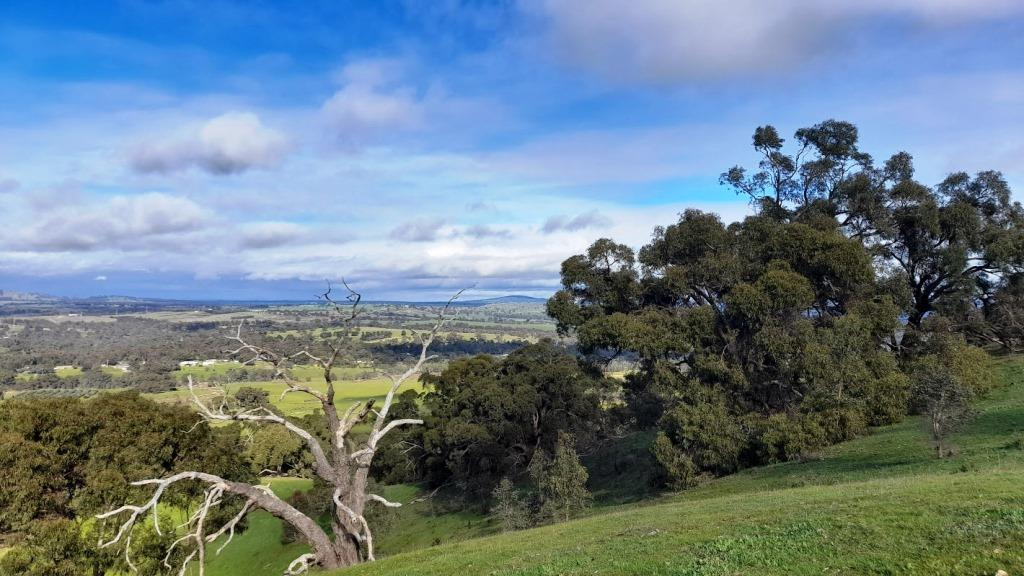Tim Bach
You could be forgiven if you thought that July was cold and wet. It was, but compared to long term average temperatures and rainfall, it was warmer and drier than average.
The Bureau recorded 72.8mm rainfall during July, just over 70% of the long-term average of 100.2mm. The Daylesford weather station doesn’t record daily temperatures but average maximum and minimum temperatures at the Ballarat Aerodrome were well above average. The daily maximum temperature was 11.4° and the average daily minimum was 3.9° compared to long-term averages of 10.1° and 3.2° respectively.
Daily temperatures in North America and Europe have been very much in the news of late. Heat domes over the USA, Canada and Europe have have caused significant wildfires and a large number of deaths. Data published by the World Meteorological Organization show that 21 of the world’s hottest days on record occurred during the month of July 2023.
Northern hemisphere extreme weather and wildfires have fuelled concerns for Australians who are anticipating similar conditions this Australian summer. However, the Australian Fire Authorities Council believes the outlook is for normal or below normal fire risk for much of Victoria due to increased fuel moisture from good rainfall over the past year. However, favourable growing conditions are increasing the fuel load.
A number of our climate drivers are indicating the development of an El Niño event in the coming months. This weather phase brings warmer temperatures and drier conditions to eastern Australia and increases fire risk. Overseas weather services have already declared that an El Niño has been established but the Australian Bureau of Meteorology is still indicating a more conservative El Niño Alert because of variable Trade Winds in the equatorial Pacific Ocean which become weaker during an El Niño event.
The Bureau is predicting below median rainfall and above median temperatures for the months of August, September and October.
Well above-average June rainfall has left the Daylesford/Hepburn water supply in good condition. The Wombat, Bullarto and Hepburn reservoirs are all at 100% capacity. Nevertheless, these storages are limited and are quickly depleted in protracted dry spells. Central Highlands Water is continuing work to increase the drought resilience of Daylesford and Hepburn with the construction of a pipeline to connect the Daylesford and Hepburn water supply to the Goldfields Superpipe.
Our usual monthly weather columnist, Victor Szwed, is on holidays. Tim Bach is a cub reporter doing a weather apprenticeship under Victor’s watchful eye.











